In the avian world, courtship is not merely a practical necessity—it’s an art form. Birds engage in some of the most spectacular, bizarre, and heartwarming mating displays in the animal kingdom, often going to extraordinary lengths to win over a potential partner. While many of us are familiar with peacocks fanning their majestic tails or swans forming heart-shaped duets, numerous lesser-known bird species perform equally astonishing rituals that remain largely unseen by human eyes. These elaborate performances—combining choreographed dances, architectural projects, vocal serenades, and visual spectacles—reveal nature’s creativity at its finest. Join us as we explore these remarkable avian courtship behaviors that showcase both the evolutionary ingenuity and the surprising tenderness found in the world of birds.
The Architectural Marvel of Bowerbirds
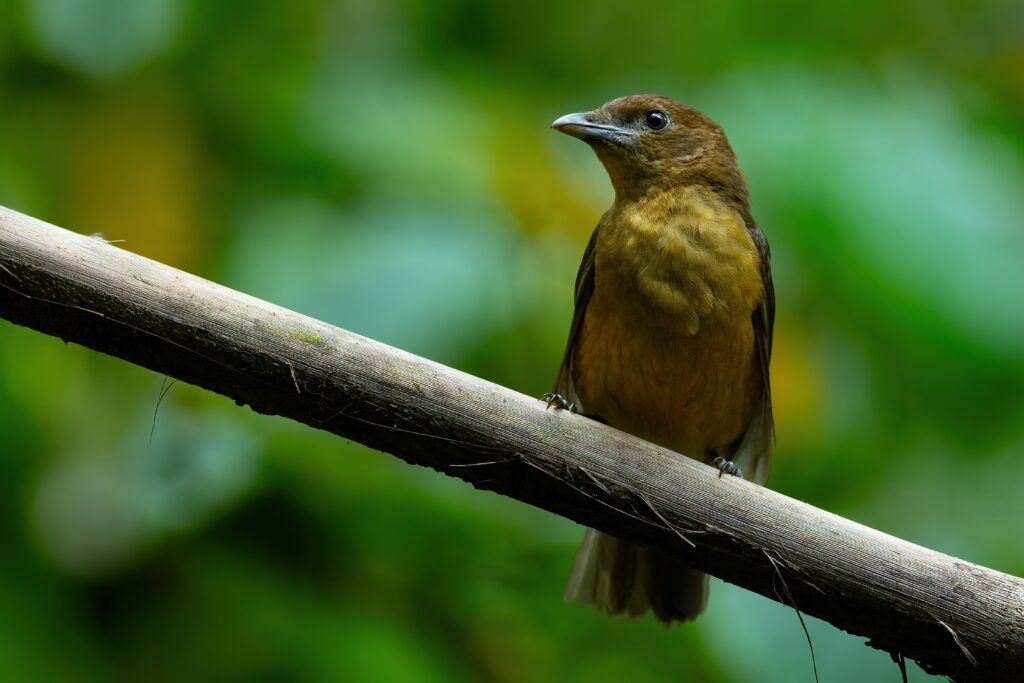
Male bowerbirds of Australia and New Guinea demonstrate perhaps the most elaborate example of construction-based courtship in the animal kingdom. Rather than relying solely on physical attributes, these avian architects build intricate structures called bowers—specialized stick platforms or avenue-like passages—meticulously decorated with collected treasures. The Vogelkop bowerbird creates a roofed hut-like structure adorned with carefully arranged colorful flowers, berries, beetle shells, and even human-made objects like bottle caps or pieces of glass. What makes this ritual particularly endearing is how the male arranges his collection by color, creating an aesthetic display that suggests an understanding of visual harmony. Even more remarkably, he regularly replaces wilted flowers with fresh ones and maintains his artistic installation for weeks or months, demonstrating extraordinary dedication to his potential partner’s impression.
Manakins and Their Moonwalking Mastery

Deep in the forests of Central and South America, tiny birds called manakins have developed courtship displays that would impress even the most accomplished human dancers. The red-capped manakin performs what scientists have dubbed the “moonwalk,” sliding backward along branches with astonishing precision while maintaining an upright posture—a move reminiscent of Michael Jackson’s famous dance step. These birds practice their complex routines for months, perfecting lightning-fast wing movements that create audible mechanical snapping sounds, much like fingers clicking. The golden-collared manakin takes physicality even further, executing up to 60 wing-snap jumps per second between saplings, creating a blur of movement and a buzzing sound that females find irresistible. What makes these performances particularly special is that young males often practice together in groups before developing their solo careers, suggesting a social dimension to learning these complex courtship skills.
The Synchronized Swimming of Western Grebes
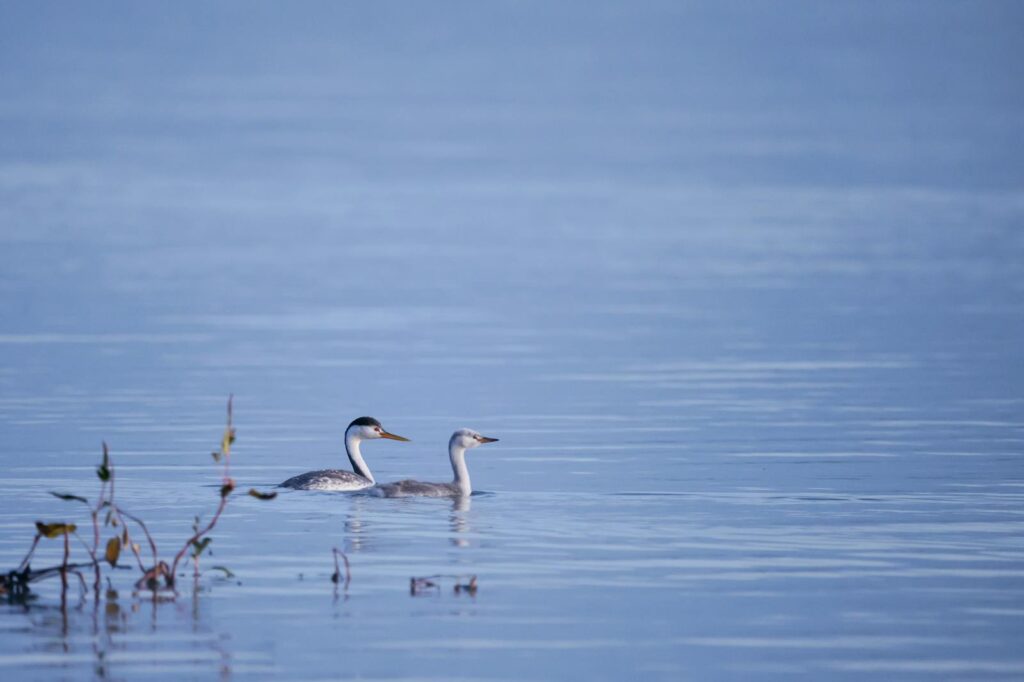
Western grebes perform one of the most romantic-looking courtship displays in the bird world, aptly named the “rushing ceremony.” These water birds begin their courtship with a synchronized swimming ritual, mirroring each other’s movements with balletic precision across the water’s surface. The display culminates in the most spectacular element—the rush—where both birds simultaneously rear up and literally run across the water’s surface side by side for up to 20 meters, maintaining perfect synchronization while holding their necks elegantly arched. Their feet move so rapidly during this water dance (up to 20 steps per second) that they create enough force to temporarily defy gravity, keeping their bodies upright. What makes this ritual particularly endearing is that it represents one of the few truly cooperative courtship displays in the avian world, requiring perfect coordination between potential mates and demonstrating the pair’s compatibility for the long-term partnership needed to raise young.
The Magnificent Sky Dance of Woodcocks
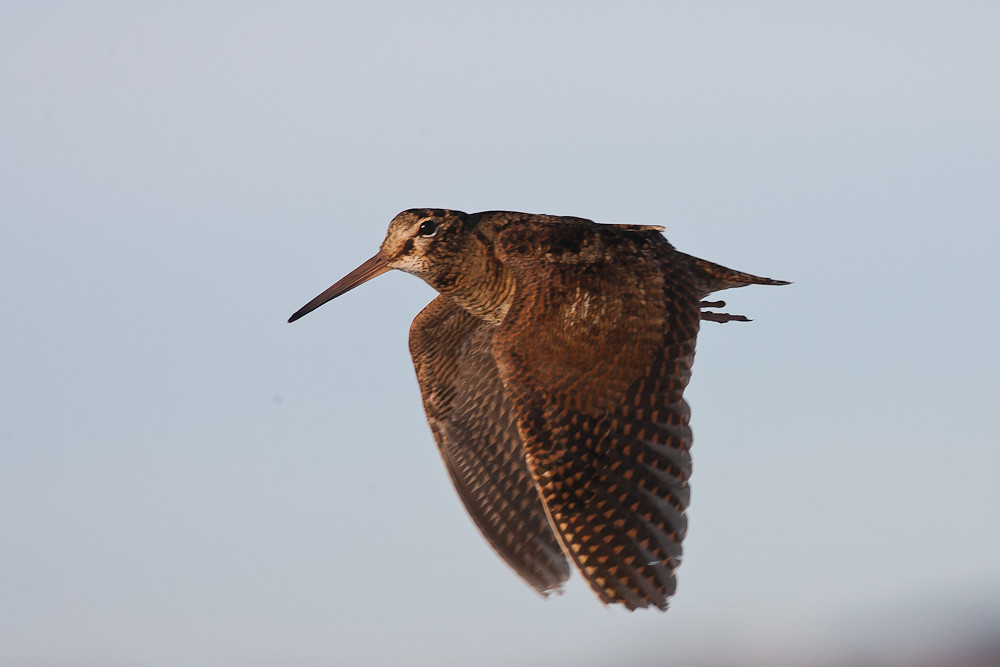
The American woodcock performs a spiraling aerial display that combines elements of flight, sound, and timing into a mesmerizing twilight performance. At dusk, the male begins on the ground making distinctive “peent” calls before launching himself skyward in a wide spiral that can reach heights of 300 feet. As he climbs, his specialized wing feathers create a twittering sound that serenades any females watching from below. The acoustic effect increases in intensity as he climbs higher and higher into the darkening sky. After reaching his apex, the woodcock then zigzags back to earth in a leaf-like descent, landing precisely at the exact spot from which he took off, only to begin the sequence again. What makes this ritual particularly touching is its reliability—males return to the same display grounds year after year, creating a tradition of courtship that spans generations in the same patch of forest or field.
The Flamingo’s Synchronized Mass Courtship
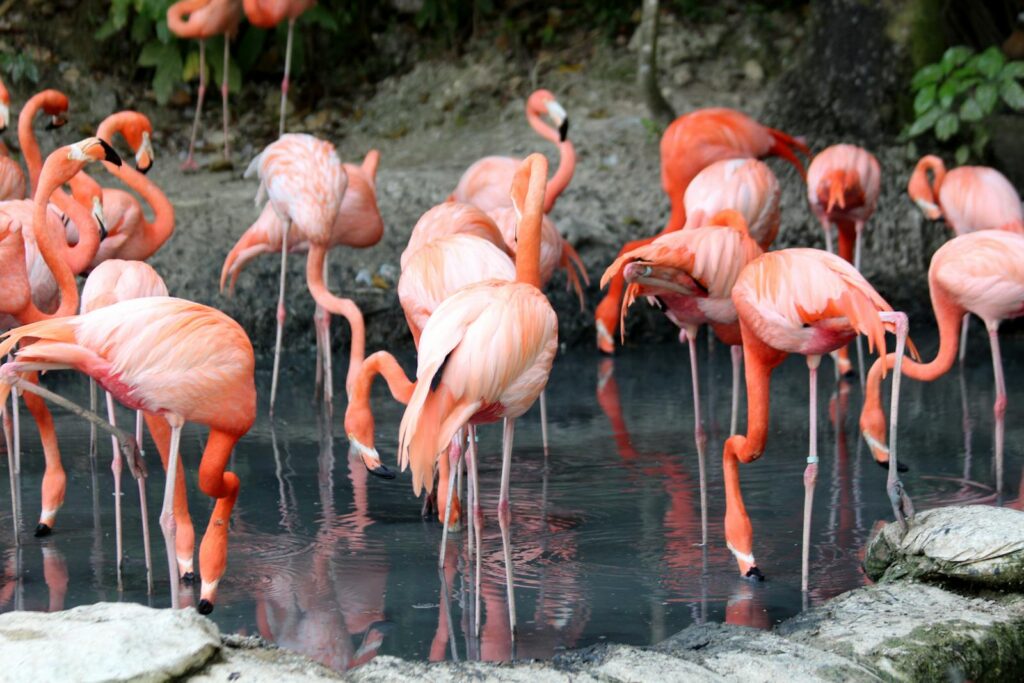
While many bird species court in pairs, flamingos take a more communal approach with one of the largest synchronized courtship displays in the bird world. Hundreds or even thousands of flamingos gather in dense groups and perform what researchers call “marching,” moving their heads from side to side in perfect unison while calling loudly. This creates a rippling wave effect across the massive group that must be witnessed to be fully appreciated. The birds then break into smaller groups to perform more intricate movements, including the “wing salute” where they spread their striking pink wings to reveal their black flight feathers. What makes this ritual particularly fascinating is its social contagion—once a few birds begin displaying, the behavior quickly spreads through the entire colony, creating a spectacle where individual courtship and community bonding become inseparable activities that strengthen the flock as a whole.
The Theatrical Productions of Birds of Paradise

The birds of paradise of New Guinea stage some of the most elaborate visual productions in the natural world, with each species having evolved its own signature performance. The Superb Bird of Paradise transforms himself into an oval-shaped, bouncing “smiley face” by spreading his black cape feathers and revealing a brilliant blue breast shield. The Parotia species clears a stage on the forest floor, meticulously removing every leaf and twig before performing a ballet-like routine where he bounces rhythmically while flashing iridescent throat patches. The Twelve-wired Bird of Paradise dangles upside down from a branch while extending specialized wire-like feathers to tickle and entice the female. What makes these displays particularly endearing is how completely the males transform themselves—they become nearly unrecognizable living sculptures, demonstrating nature’s artistic possibilities when sexual selection drives the evolution of beauty rather than mere survival efficiency.
The Albatross’s Lifelong Dance Partnership
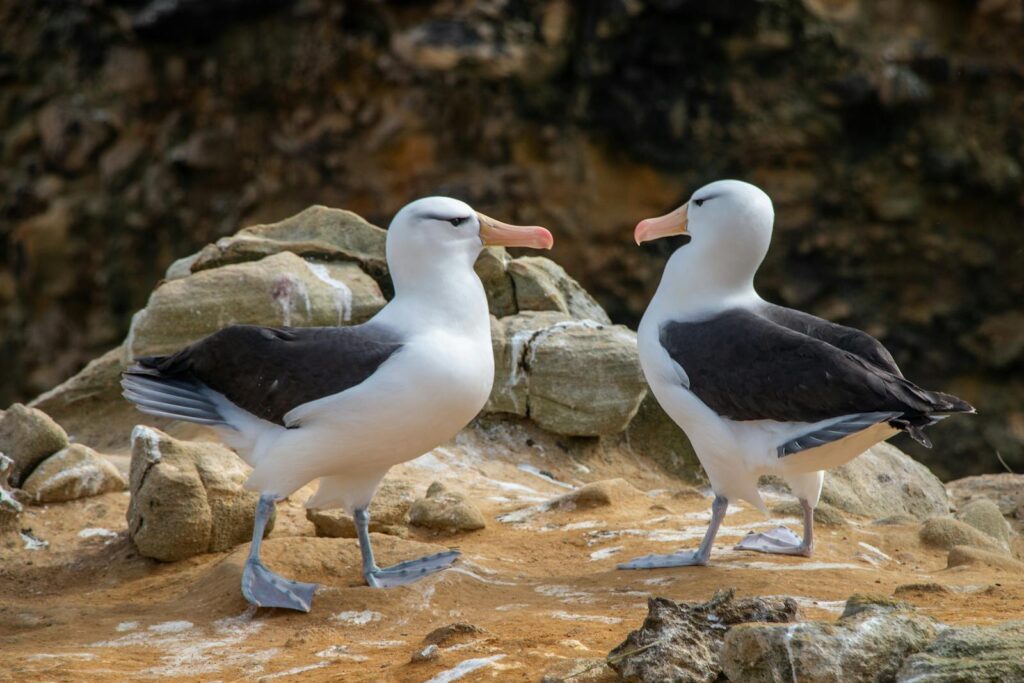
Albatrosses engage in one of the most touching courtship rituals in the bird world—partly because it evolves throughout their extremely long lives, becoming more synchronized as the years pass. Young birds begin with group dances, practicing a repertoire of moves including sky-pointing (bills stretched upward), bill-clapping, bowing, and synchronized head movements. These initial group dances function as a form of avian speed-dating, allowing individuals to find compatible partners. Once a pair forms, they develop their unique duet over decades, perfectly matching each other’s movements in displays that last for hours. What makes this ritual especially meaningful is its lifelong nature—albatrosses mate for life (which can span over 60 years), and pairs that have been together for decades perform increasingly perfect synchronized dances, with some partnerships lasting longer than many human marriages.
The Sandhill Crane’s Graceful Pas de Deux
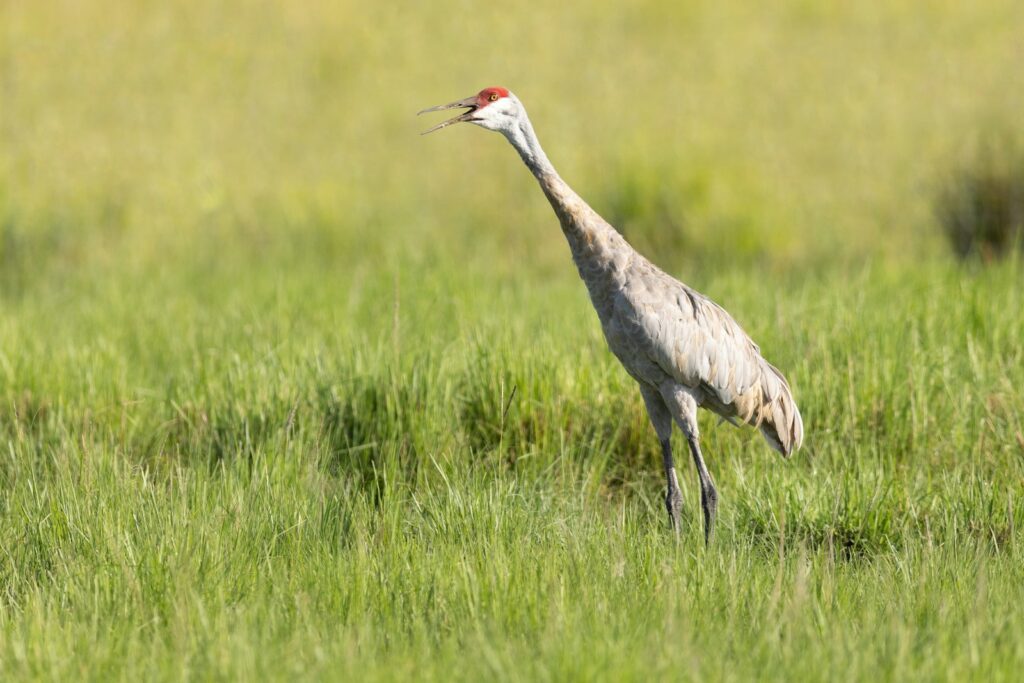
Sandhill cranes perform courtship dances that combine grace, playfulness, and sheer joy in a way few other birds can match. Standing nearly four feet tall, these elegant birds perform elaborate choreography that includes bowing, jumping vertically with wings outstretched, tossing sticks into the air, and coordinated calling. The dance begins with one bird spreading its wings and leaping several feet into the air, prompting its partner to mirror the action. This develops into synchronized movements where the birds circle each other with rhythmic bobs and curtsies, gradually building intensity. What makes these displays particularly heartwarming is their apparent emotional quality—the birds seem genuinely excited and joyful, continuing these dances throughout their lives long after pair bonds have formed, suggesting the behavior serves not just practical courtship purposes but also reinforces their emotional connection.
The Clever Illusions of Male Frigatebirds
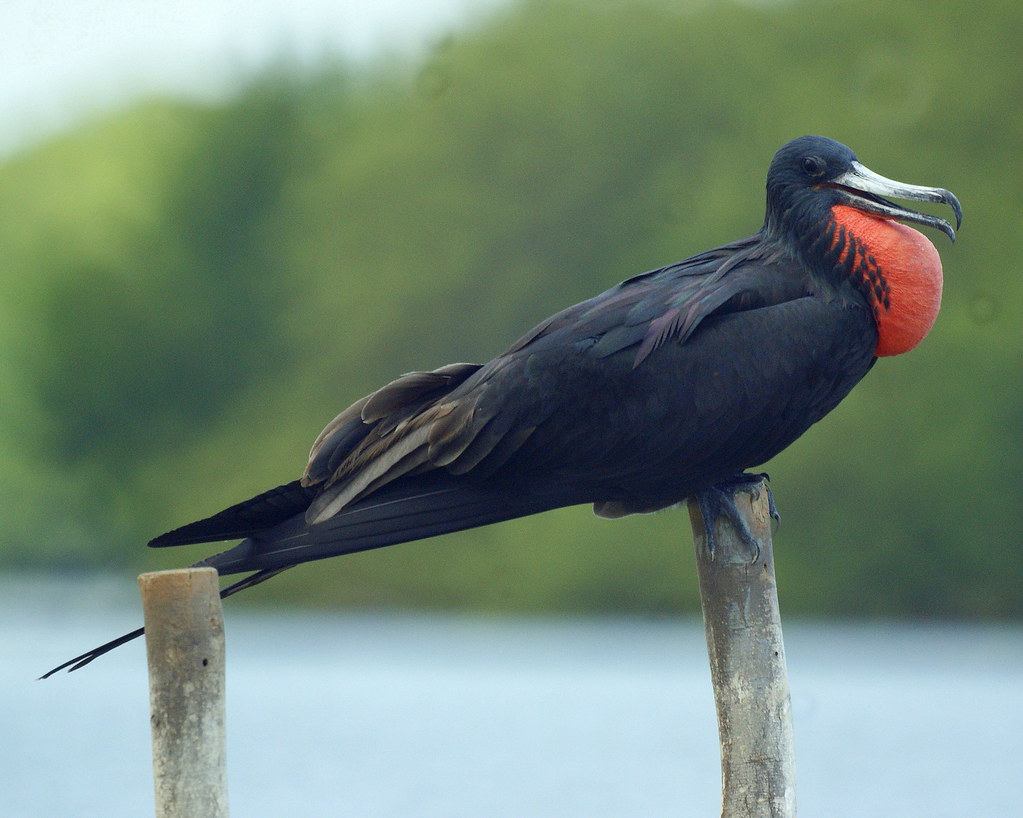
The magnificent frigatebird employs one of the most visually striking courtship displays in the avian world, centered around a remarkable anatomical feature. During breeding season, the male inflates his throat pouch into an enormous scarlet balloon that can take up to 20 minutes to reach its full spectacular size—nearly the size of the bird’s entire body. Groups of males sit in colonies on shrubs or low trees, displaying their balloons while rapidly vibrating their outstretched wings and making chattering sounds to attract flying females. What makes this ritual particularly endearing is the contrast between the frigatebird’s otherwise intimidating appearance—with its hooked beak and reputation as a piratical seabird—and the almost comical, heart-shaped balloon that transforms its silhouette into something cartoonishly lovable, showing how even the most fierce-looking creatures can reveal a softer side when love is on the line.
The Cooperative Display of Lance-tailed Manakins
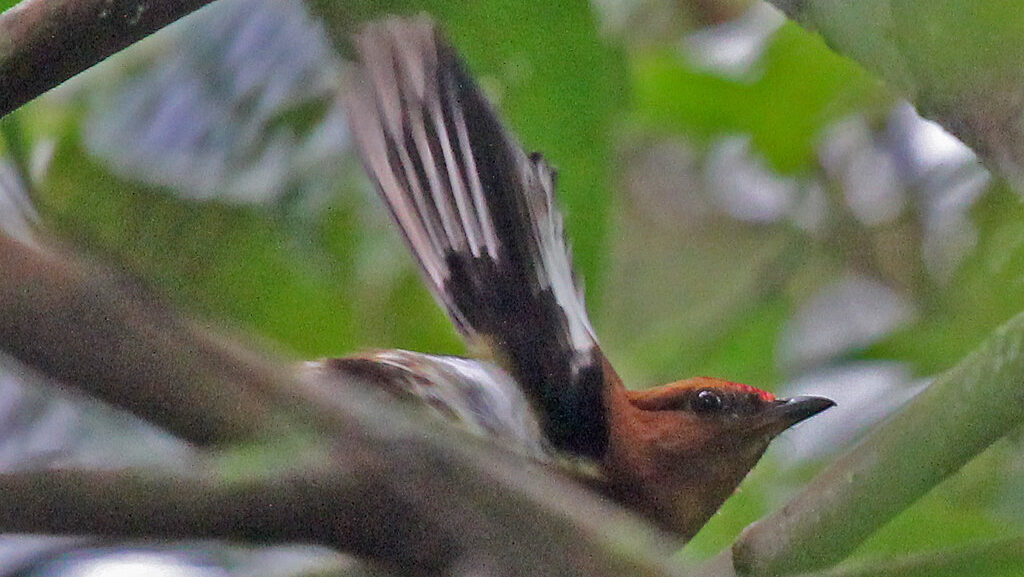
The lance-tailed manakin of Central America has evolved one of the most unusual cooperative courtship systems in the bird world. Unlike most displays performed by solo males competing against each other, two male lance-tailed manakins work together to impress females in a choreographed routine that resembles a synchronized aerial dance. The alpha male and his beta partner perform a perfectly coordinated “cartwheel display,” leapfrogging over each other on a branch, then flying upward in tight formation before descending in a butterfly-like floating pattern. Strikingly, despite this cooperation, only the alpha male typically mates with the female if she’s impressed by their performance. What makes this arrangement particularly touching is the apparent altruism—younger beta males assist for years with no immediate reproductive benefit, forming partnerships that can last up to eight years, suggesting complex social bonds beyond simple competition.
The Blue-footed Booby’s Charming Foot Parade
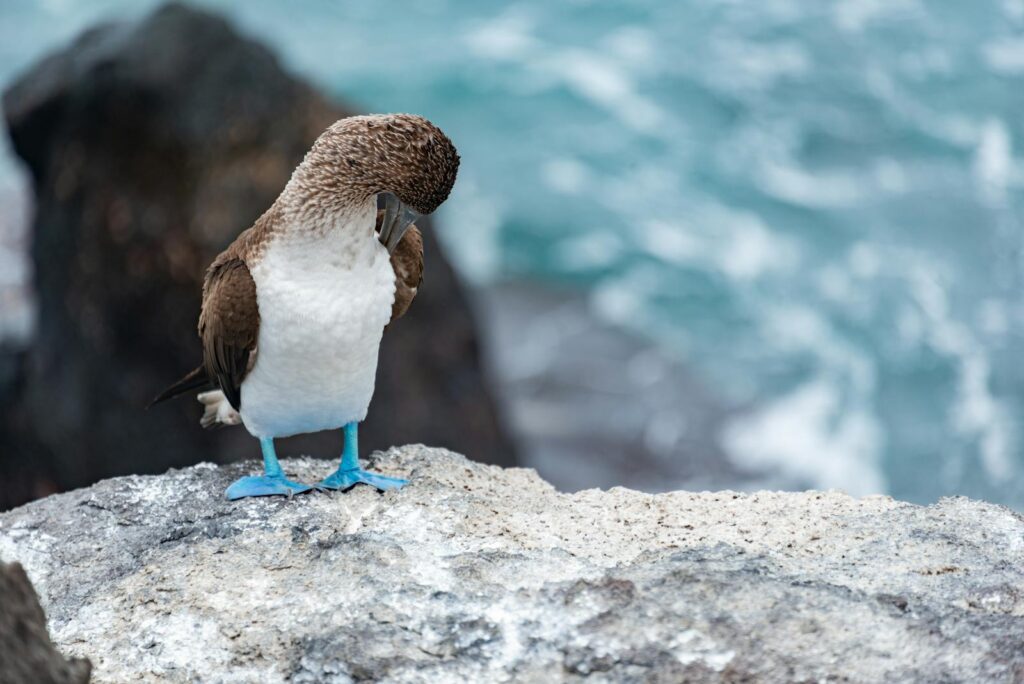
The blue-footed booby of the Galápagos Islands puts its most distinctive feature front and center during courtship—its brilliantly colored blue feet. The male begins his display with a high-stepping march that resembles a comical goose-step, lifting each webbed foot high and placing it down with exaggerated care to showcase the vibrant blue coloration. This “foot-flaunting” display is accompanied by pointing his bill and tail toward the sky while spreading his wings in a gesture ornithologists call “sky-pointing.” The intensity of the foot color matters greatly—studies have shown that females prefer males with brighter blue feet, as the coloration comes from carotenoid pigments acquired through diet and indicates the male’s hunting prowess and health. What makes this ritual particularly endearing is its earnestness and directness—rather than elaborate constructions or complex dances, the booby simply and proudly presents his finest feature with an almost childlike enthusiasm.
The Musical Serenade of Lyrebirds
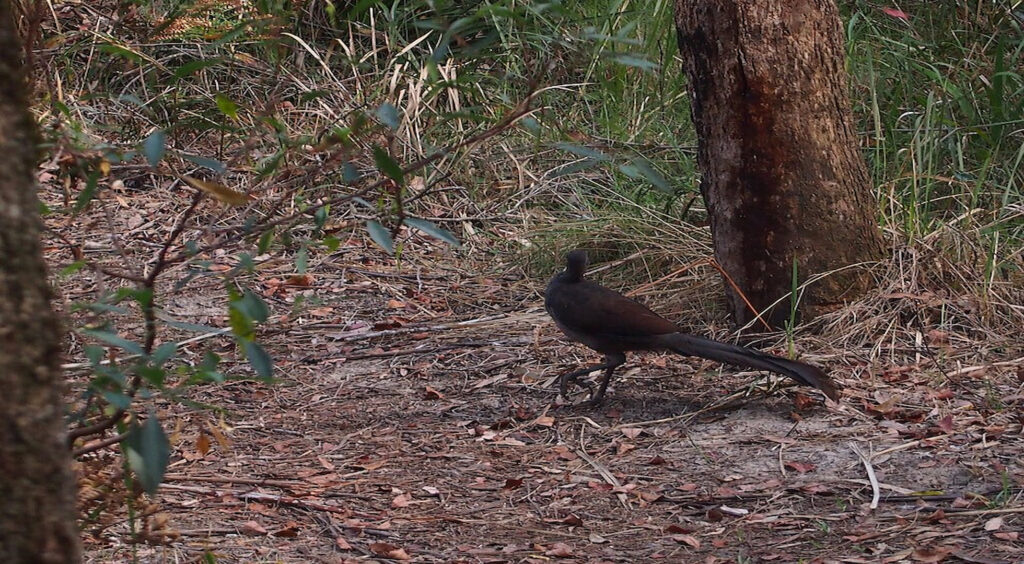
Australia’s superb lyrebird possesses perhaps the most extraordinary vocal abilities of any songbird, which it employs in an elaborate courtship sound and movement performance. The male constructs small mounds of dirt on the forest floor from which he delivers an astonishing vocal repertoire, mimicking with perfect accuracy the calls of dozens of other bird species, environmental sounds, and even human noises like camera shutters, car alarms, and chainsaws. While singing, he performs an elaborate dance, maneuvering his spectacular lyre-shaped tail feathers overhead into a shimmering canopy that completely obscures his body from behind. What makes this performance particularly remarkable is its comprehensive nature—the lyrebird doesn’t just develop one specialized skill but masters an entire multimedia showcase combining architecture (the mound), choreography (the dance), specialized plumage display, and perhaps the most versatile voice in the entire animal kingdom, making it nature’s ultimate solo performer.
The Enduring Romance of Crested Auklets
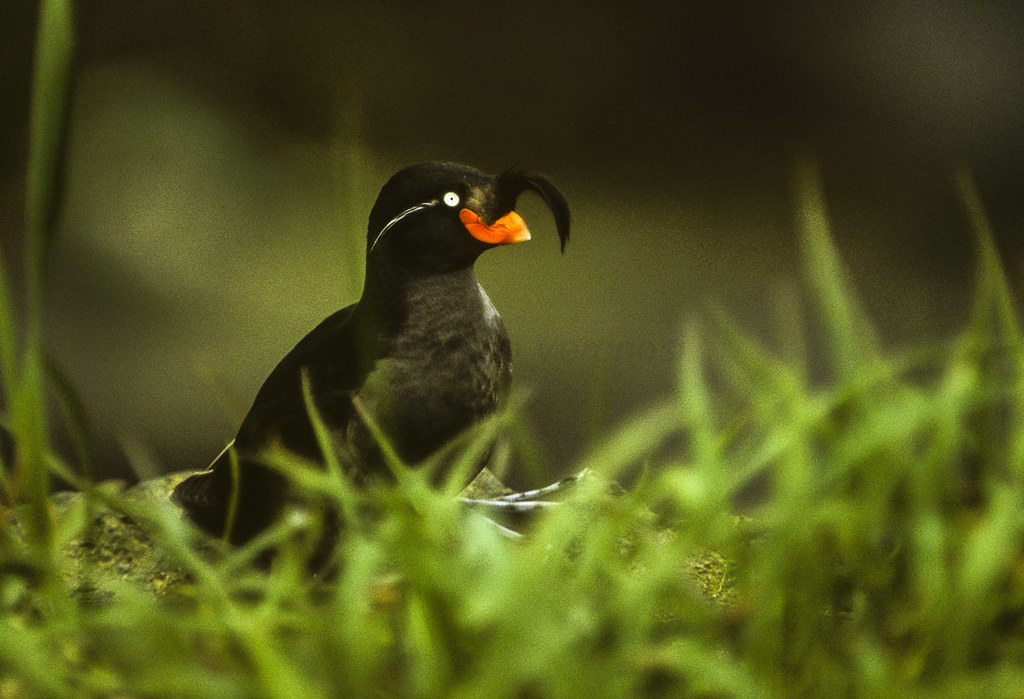
The crested auklet, a seabird of the North Pacific, engages in one of the most tactile and intimate courtship rituals observed in birds. These distinctive looking birds, with their forward-curving crest feathers and bright orange bills, greet potential mates through a behavior known as “billing”—where pairs face each other and rub their bills together in a gesture reminiscent of kissing. This intimate moment is made even more special by the birds’ unique citrus-like scent, produced by specialized glands and often described as smelling like tangerines. Partners take turns gently rubbing and interlocking their bills while emitting soft cooing sounds, creating a multisensory bonding experience involving touch, smell, sight, and sound. What makes this ritual particularly heartwarming is its tenderness and the mutual nature of the interaction—neither partner dominates the display, but rather they take equal part in a gentle exchange that strengthens pair bonds that often last for multiple breeding seasons.
The extraordinary diversity of avian courtship displays reveals nature at its most creative, showing how the pursuit of love has shaped behaviors as varied as architecture, dance, music, and visual art. These rituals, often hidden from human view in remote forests, isolated islands, or vast wetlands, remind us of the remarkable emotional and cognitive capacities of birds. From the patient bower-building that suggests an aesthetic sense, to the synchronized dances demonstrating coordination and commitment, these courtship behaviors challenge our understanding of what birds perceive and feel. Beyond their scientific significance, these displays touch us because they reveal something universal—the extraordinary lengths to which living beings will go to form connections, the blend of persistence and vulnerability involved in courtship, and the beauty that emerges when natural selection favors not just survival, but also the capacity to captivate another’s attention and affection. In witnessing these rituals, we glimpse both the wonderful diversity of nature’s adaptations and the shared foundations of bonding that connect all living creatures.
